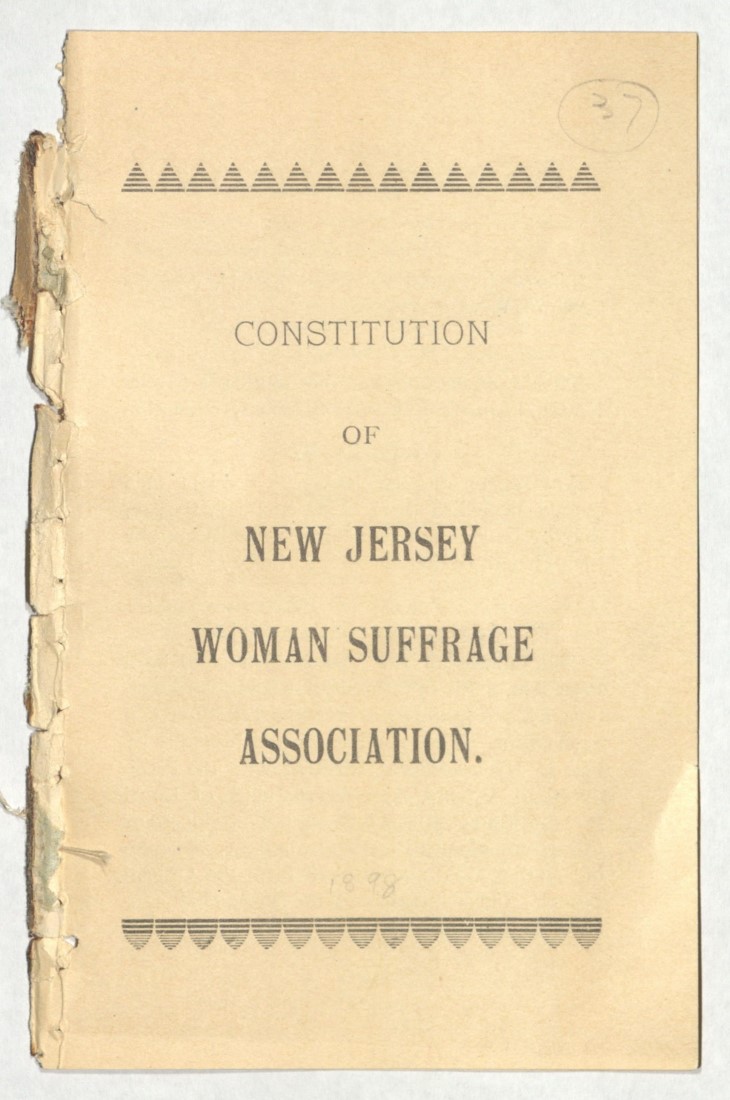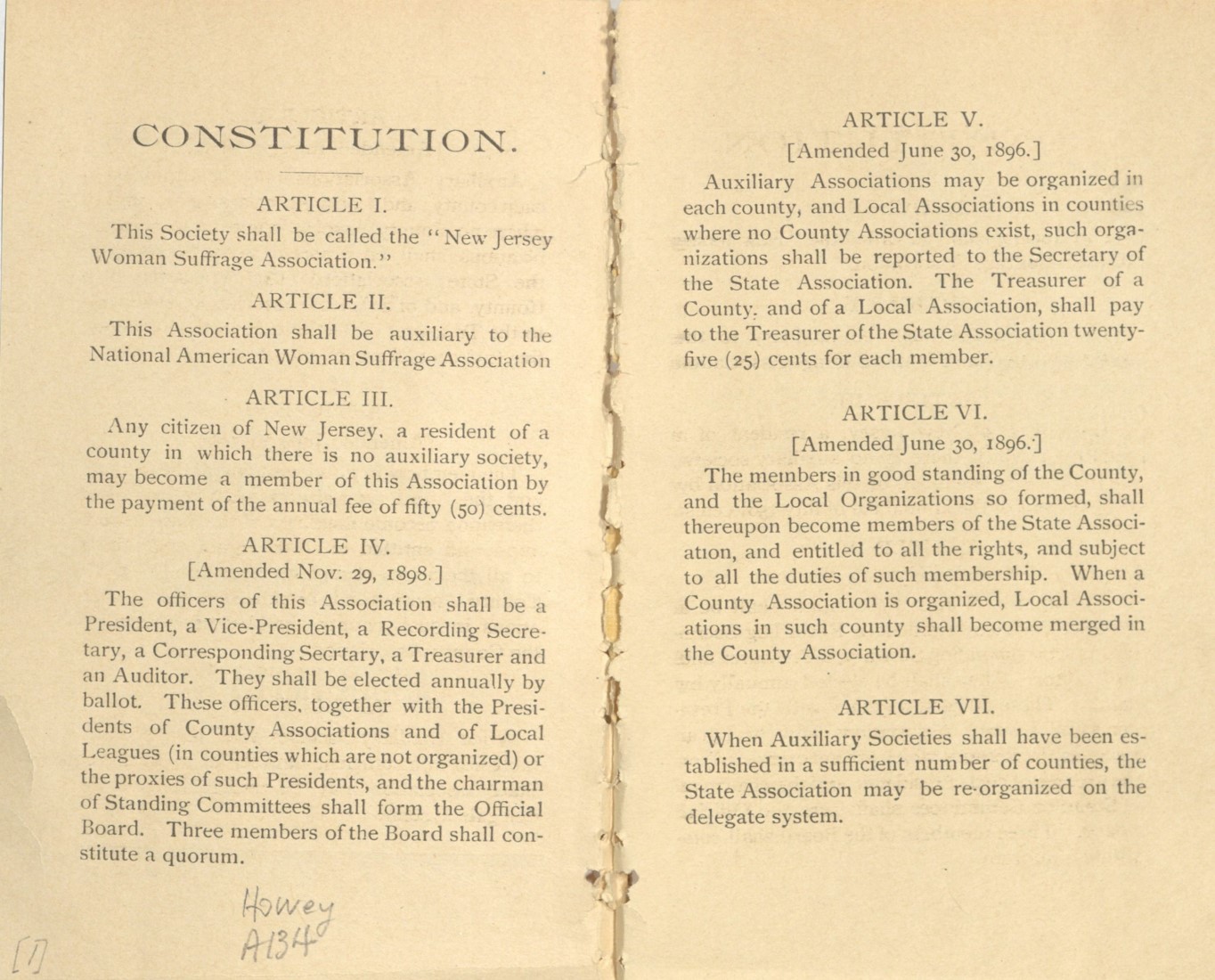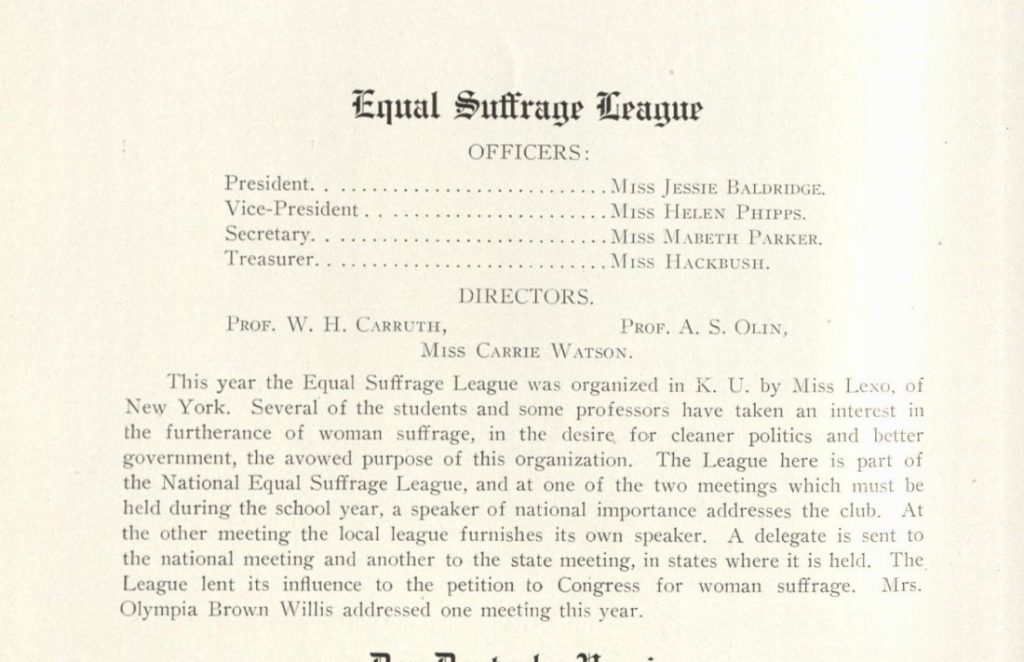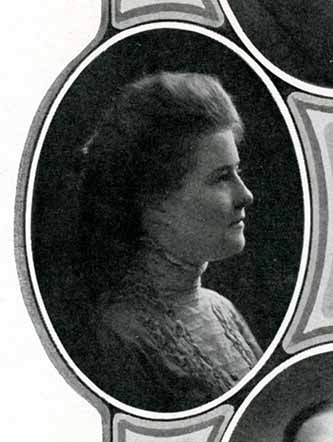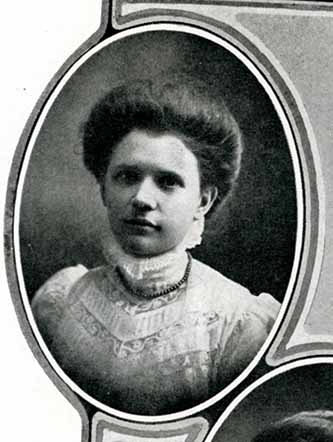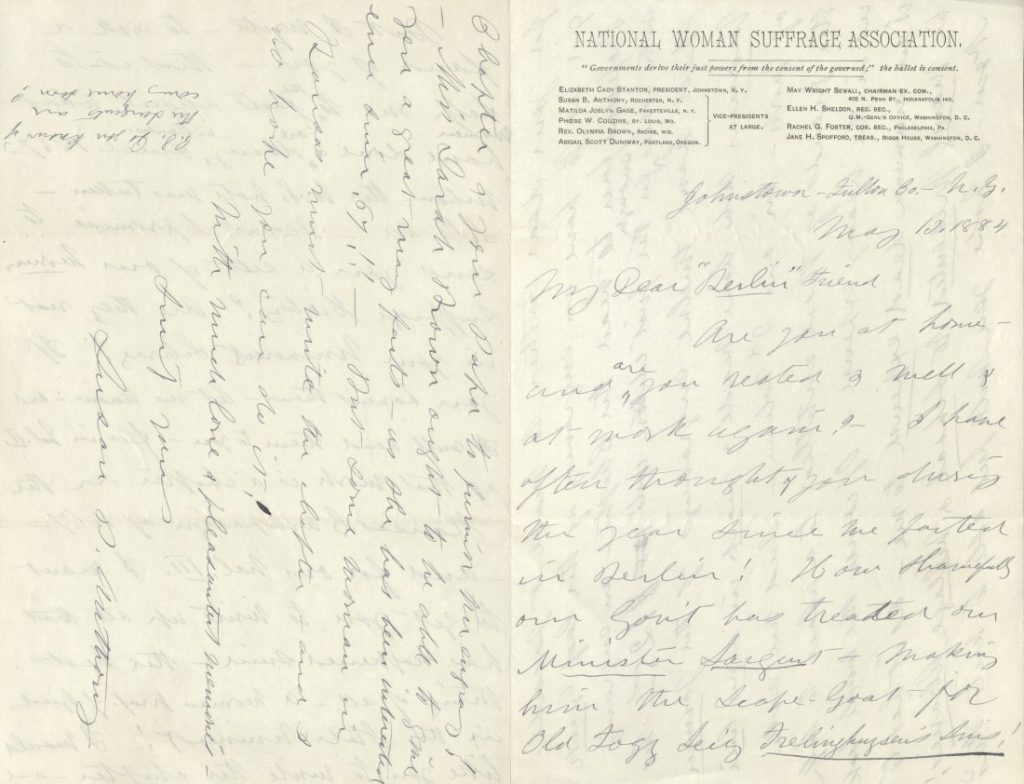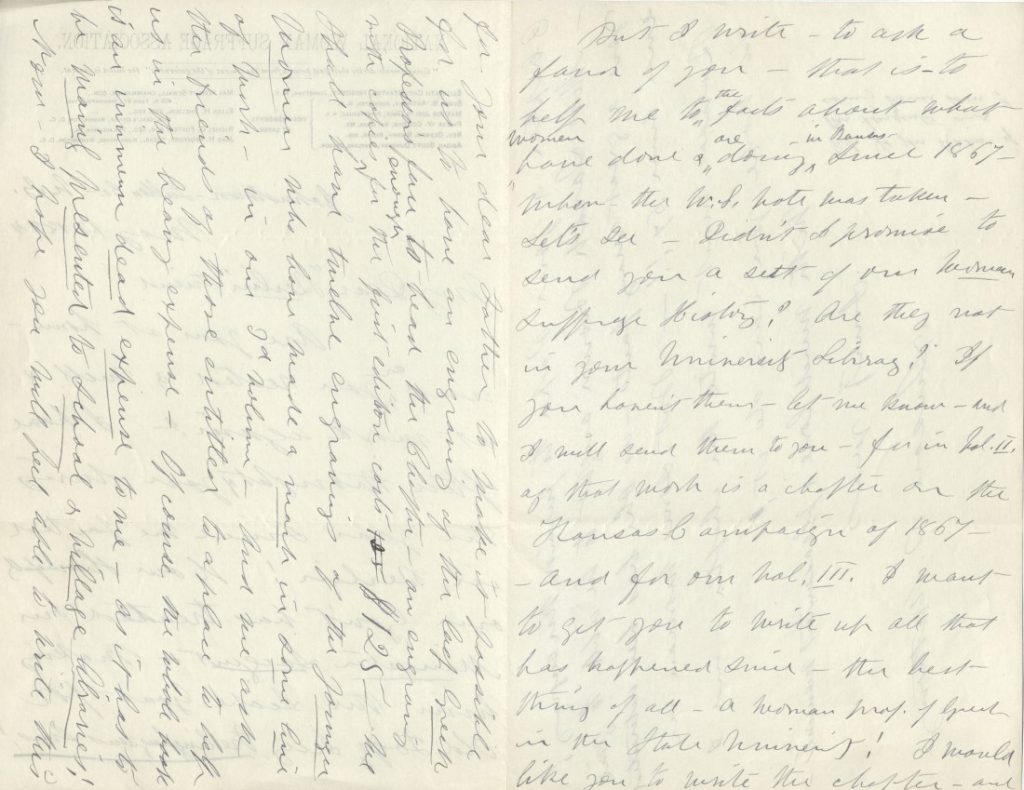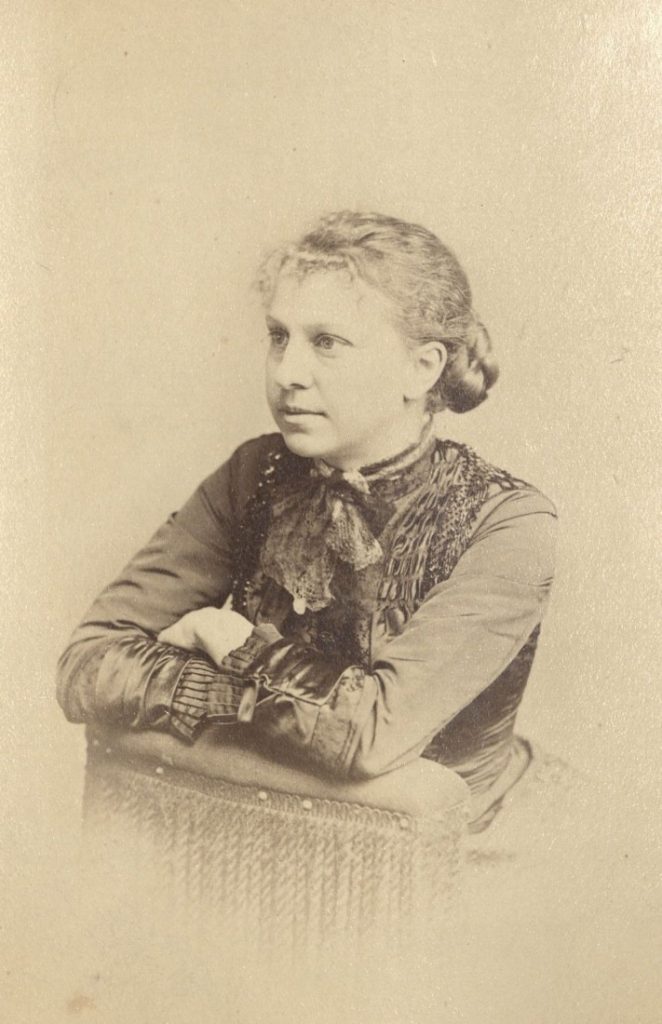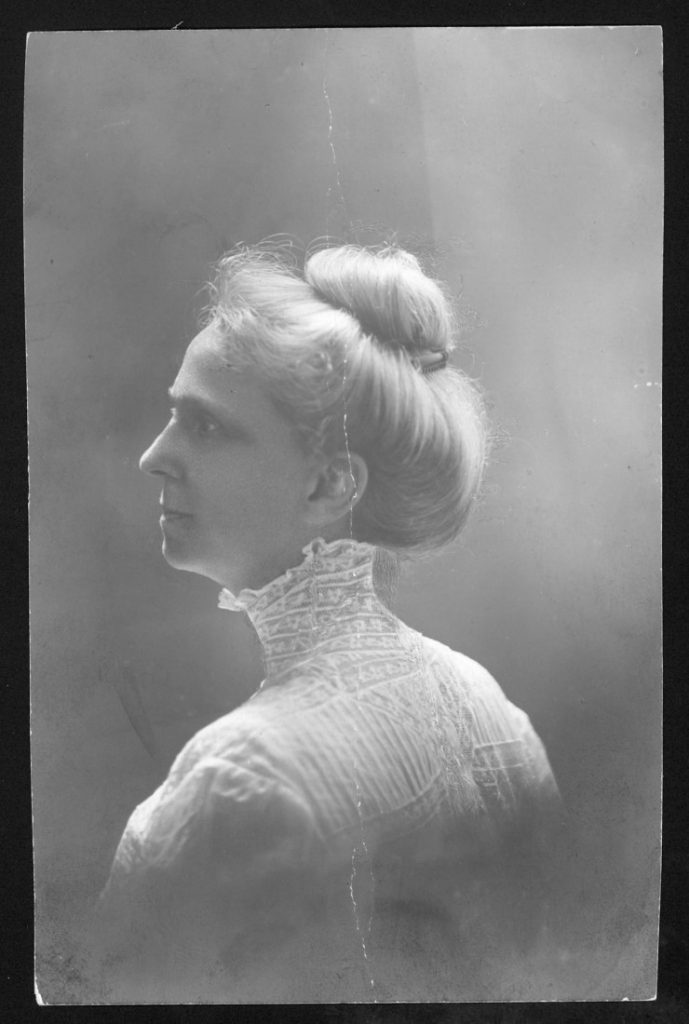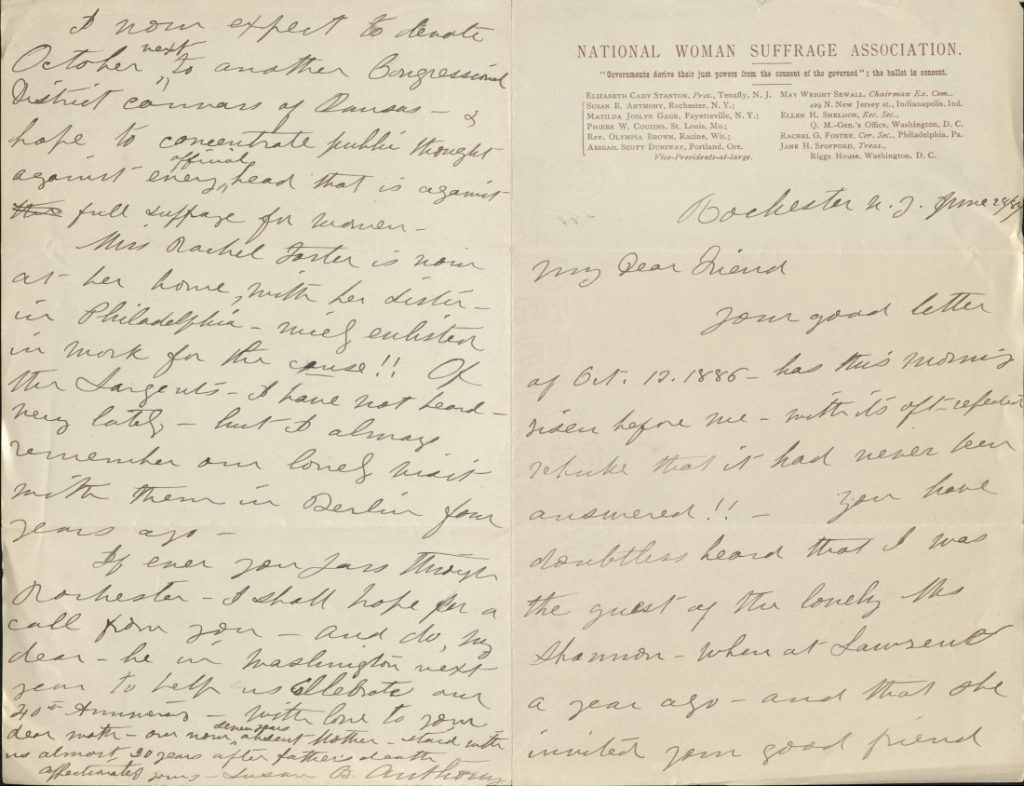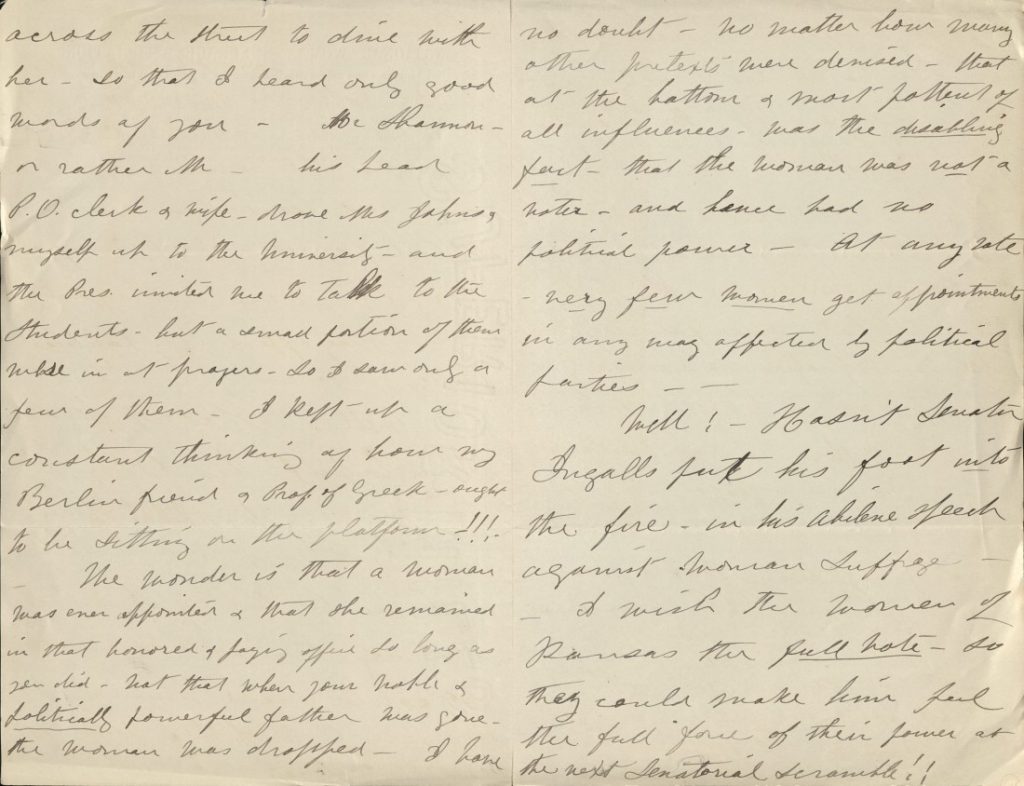That’s Distinctive!: Women’s History Month
March 10th, 2023Check the blog each Friday for a new “That’s Distinctive!” post. I created the series because I genuinely believe there is something in our collections for everyone, whether you’re writing a paper or just want to have a look. “That’s Distinctive!” will provide a more lighthearted glimpse into the diverse and unique materials at Spencer – including items that many people may not realize the library holds. If you have suggested topics for a future item feature or questions about the collections, feel free to leave a comment at the bottom of this page.
This week on That’s Distinctive! we celebrate Women’s History Month. As described on the Library of Congress’s website on the topic,
“Women’s History Month had its origins as a national celebration in 1981 when Congress passed Pub. L. 97-28 which authorized and requested the President to proclaim the week beginning March 7, 1982, as ‘Women’s History Week’…Between 1988 and 1994, Congress passed additional resolutions requesting and authorizing the President to proclaim March of each year as Women’s History Month. Since 1995, presidents have issued a series of annual proclamations designating the month of March as ‘Women’s History Month.’ These proclamations celebrate the contributions women have made to the United States and recognize the specific achievements women have made over the course of American history in a variety of fields.”
The National Women’s History Alliance designates a yearly theme for Women’s History Month. The 2023 theme is “Celebrating Women Who Tell Our Stories.”
The item I chose to highlight this week is the Constitution of the Woman Suffrage Association of New Jersey. The constitution is believed to have been released around 1898. It belongs to the Gerritsen Women’s History Collection of Aletta H. Jacobs, a diverse collection of women’s archival materials and feminist records covering fifteen languages and over 4,700 volumes. Acquired by the John Crerar Library of Chicago in 1903, the Gerritsen Collection was subsequently sold to the University of Kansas in 1954. It has been digitized and is now widely available through libraries’ database subscriptions. The Gerritsen Collection is part of the Howey Collection within Special Collections at Spencer.
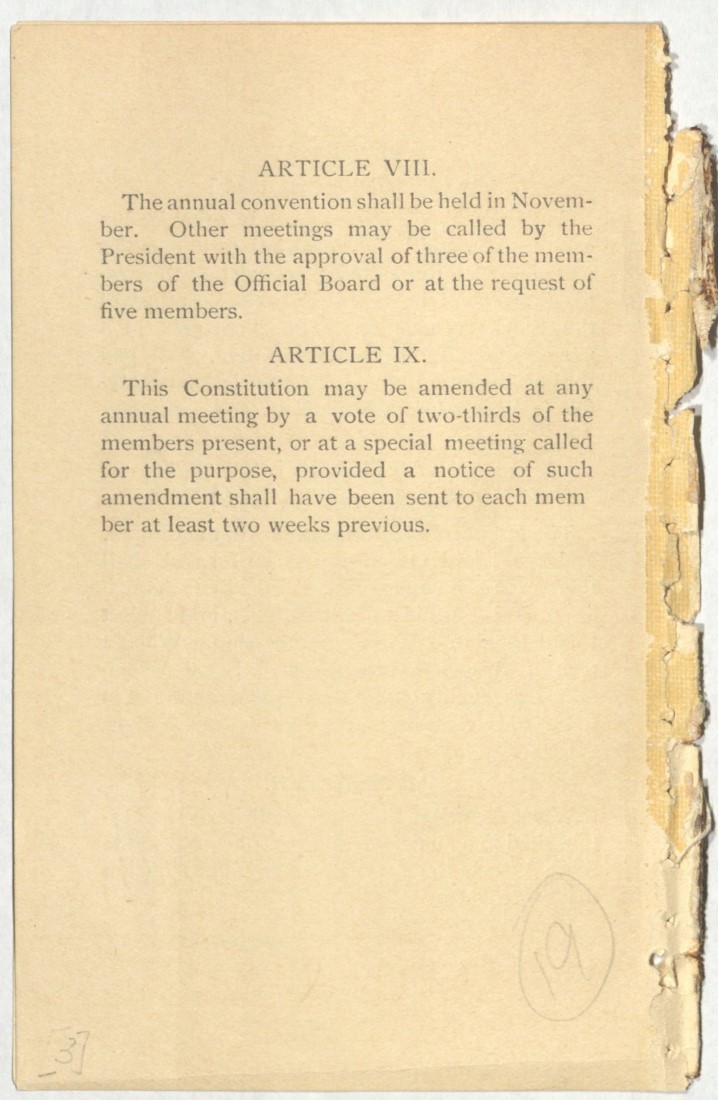
According to History, Elizabeth Cady Stanton and Susan B. Anthony founded a group called the National Woman Suffrage Association (NWSA) in 1869. They began to fight for a universal-suffrage amendment to the U.S. Constitution. The women’s suffrage movement was a “decades-long fight to win the right to vote for women in the United States. It took activists and reformers nearly 100 years to win that right, and the campaign was not easy: Disagreements over strategy threatened to cripple the movement more than once. But on August 18, 1920, the Nineteenth Amendment to the Constitution was finally ratified, enfranchising all American women and declaring for the first time that they, like men, deserve all the rights and responsibilities of citizenship.” Spencer Research Library houses many other items that document women’s history and their fight for liberation and equality. Items can be found through our finding aids and the KU Libraries online catalog.
Tiffany McIntosh
Public Services

